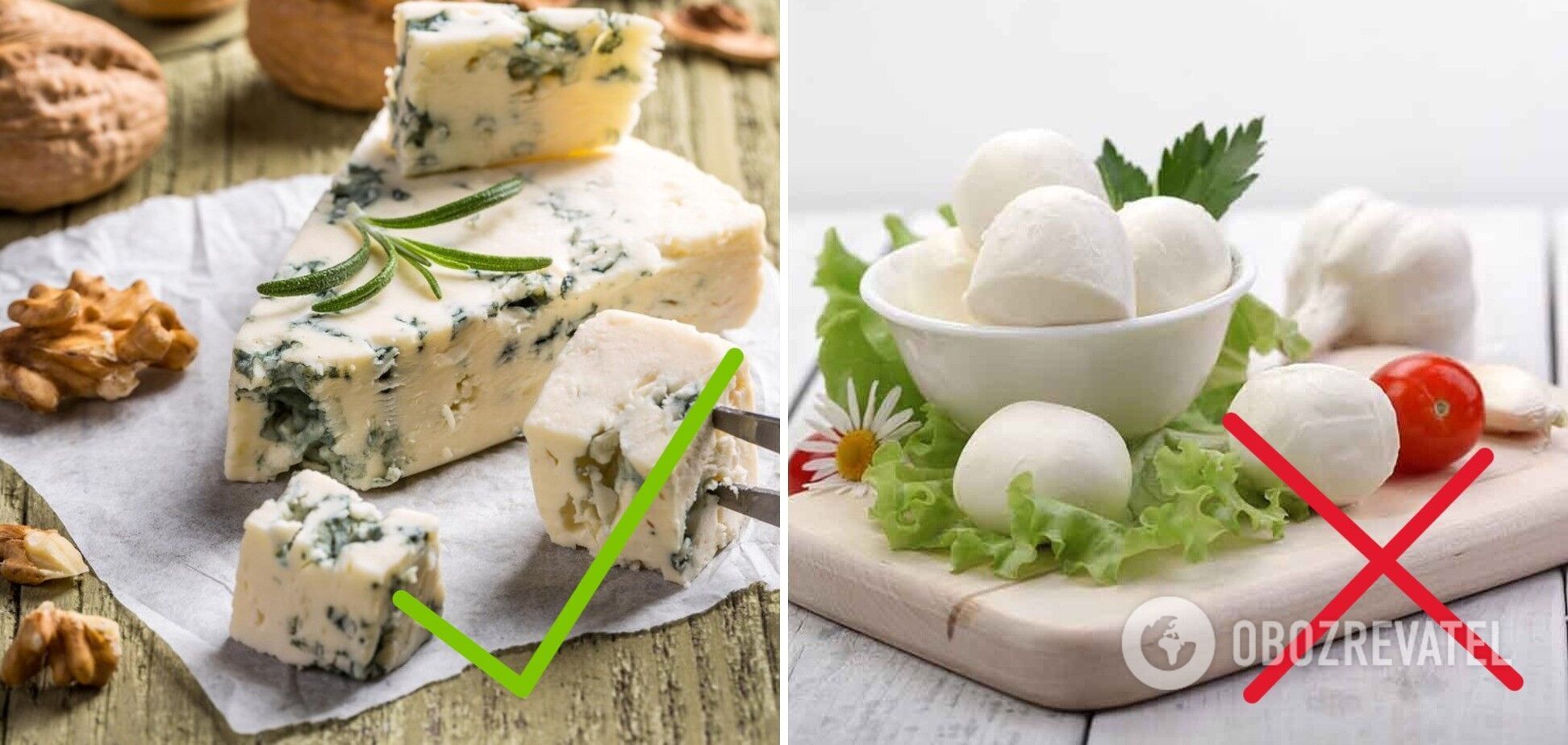Food
What foods can be eaten even with mold, and which ones will cause illness: the answer of scientists
Mold on food is a phenomenon that is familiar to everyone. Its unpleasant odor and unappetizing appearance often make us throw away food without even thinking about whether it is really harmful.
Dr. Kate Schneider, a food safety expert at the University of Florida, told DailyMail about which types of mold are really dangerous to your health and which ones will not be a reason to throw away food.
If you are not sure whether it is safe to eat a moldy product, it is better not to eat it, because sometimes the health consequences can be catastrophic. For example, about 48 million Americans get sick every year because of contaminated food. Of these, about 3,000 people die.
Some types of mold produce microtoxins that can cause intestinal distress, vomiting, and sometimes lead to organ damage and certain types of cancer.
However, not all mold is pathogenic, so certain foods can be saved.
Cheese
If stored for too long or improperly, cheese may develop fluff. If it's a soft cheese, such as gorgonzola or mozzarella, just throw it away, as toxins can seep through the liquid and damage the entire piece.
In the case of hard cheeses, you can cut off about 2-3 centimeters and continue to eat it.
Fruits and vegetables
Stachybotrys chartarum - commonly known as black mold or toxic black mold, produces mycotoxins in fruits and vegetables that are stored in a humid environment.
It looks like the fuzzy black spots you've probably seen on tomatoes. This mold can lead to a variety of health problems, including respiratory problems, allergic reactions, skin irritation, and in severe cases, neurological symptoms or damage to internal organs.
However, harder foods such as carrots and apples can sometimes be saved, as can hard cheeses.
Bread
The most common type of mold that grows on bread is called Rhizopus stolonifer. It appears as white or grayish spots that look like fur. This mold can produce spores that can cause allergic reactions and respiratory problems.
Therefore, if mold appears on bread, muffins, bagels, it is better to throw them away.
Chocolate
Chocolate can develop a coating over time. However, these white spots are harmless. They occur when chocolate comes into contact with moisture, which affects the appearance of sugar crystals.
However, after this process, your sweets will no longer taste as good as before.
Milk
Dr. Schneider said that milk should be thrown away if it doesn't smell. But if it is kept cold, it can be used for about seven days after the expiration date.
Other dairy products, such as yogurt or sour cream, should be thrown away immediately because they undergo similar processes to those in soft cheeses.
In fact, people are exposed to small amounts of fungi of various kinds all the time. As a rule, the body copes well with them and you don't even notice it. But you shouldn't take risks and consume unsafe products, because treatment will be much more difficult than buying new ones.
Subscribe to OBOZ.UA's Telegram and Viber channels to keep up with the latest developments.





























